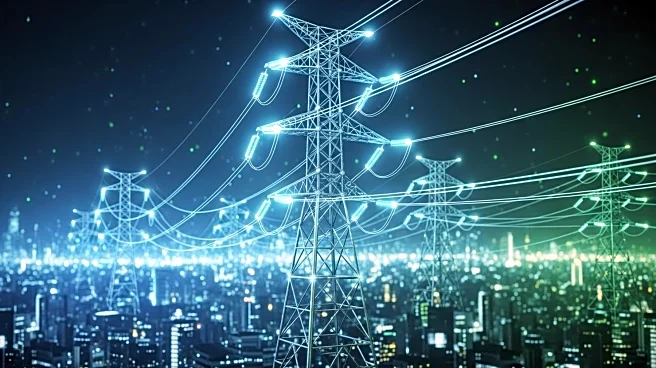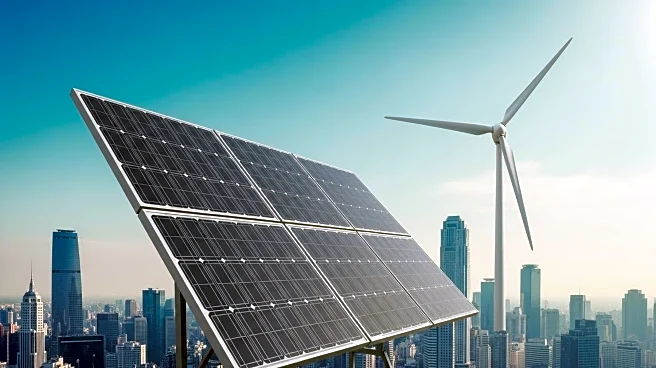What's Happening?
The U.S. Energy Information Administration (EIA) has reported a significant drop in electricity imports from Canada into the U.S. Northeast, specifically affecting the New York Independent System Operator (NYISO) and Independent System Operator New England (ISO-NE). This decline is attributed to drought conditions in Canada, which have constrained hydropower output, and a decrease in electricity demand in the U.S. Northeast. From January to August 2025, imports into ISO-NE averaged less than 40% of 2022 levels, while NYISO imports fell to 25%. The report also noted that electricity demand in ISO-NE and NYISO declined by 9% and 6%, respectively, between 2016 and 2024. The EIA highlighted that these changes have led to instances where the U.S. Northeast has become a net exporter of electricity to Canada, particularly during the shoulder seasons of spring and fall.
Why It's Important?
The reduction in electricity imports from Canada has implications for energy management and planning in the U.S. Northeast. With constrained hydropower output in Canada, the region may need to rely more on domestic energy sources or alternative imports to meet its electricity needs. This shift could affect energy prices and the stability of supply, particularly during peak demand periods in summer and winter. The trend of net electricity exports to Canada during low-demand seasons suggests a potential rebalancing of energy flows, which could influence future energy policies and infrastructure investments in the region.
What's Next?
As drought conditions persist, stakeholders in the U.S. Northeast may need to explore strategies to mitigate the impact on electricity supply. This could involve increasing investments in renewable energy sources or enhancing grid infrastructure to better manage fluctuations in import and export levels. Additionally, energy planners might consider developing contingency plans to address potential shortages during high-demand periods. The ongoing situation may prompt discussions among policymakers and industry leaders about long-term energy security and sustainability in the region.
Beyond the Headlines
The shift in electricity import patterns highlights broader environmental challenges, such as the impact of climate change on hydropower resources. Droughts can significantly affect water availability, which is crucial for hydropower generation. This situation underscores the need for adaptive strategies in energy planning that account for environmental variability. Furthermore, the increased frequency of net electricity exports to Canada may influence cross-border energy trade agreements and collaborations, potentially leading to new partnerships or adjustments in existing arrangements.











